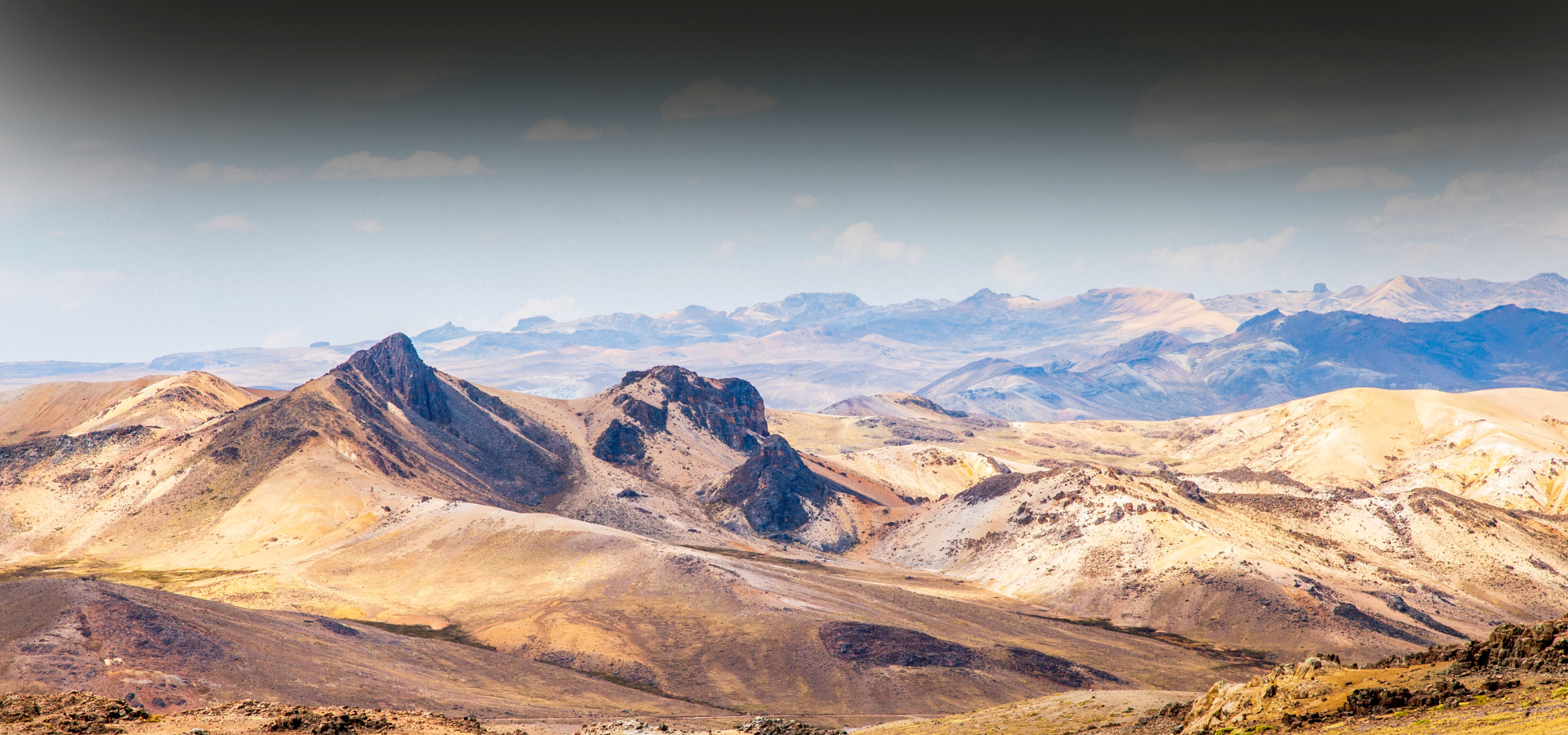Silver Geology and Extraction in Peru
The Andean Copper belt covers Northwestern South America, comprising Colombia, Ecuador, Peru, and Northern Chile. This mineral-rich region hosts some of the world’s richest copper and silver reserves. The area’s geology is among the most mineralized on the planet. While production is high, geologists estimate that the majority of the minerals in this region have yet to be exploited.
Peru has a long mining history, stretching back to the Incas and hundreds of years of mining by the Spanish. The country is most known for its silver mining and housing the world’s fourth largest mercury mine, Huancavelica. MRDS (USGS) and INGEMMET (Peruvian geological survey) databases have combined to identify 7,193 mineral occurrences in Peru. Huancavelica It is located in the inter-Andean Huancavelica River valley, about 140 miles (225 kilometres) southeast of Lima, at an elevation of 12,060 feet (3,676 m). Huancavelica was declared a mining colony in 1563, following the local discovery of mercury — an essential metal for extracting silver from native ores. Until the mid-nineteenth century, the city was a significant mercury-mining centre.
The Castrovirreyna mining sector is located in South Central Peru’s Andean Cordillera and has been exploited intermittently since its discovery in 1591. Supergene silver ores were the first to be mined. The district currently produces approximately 20,000 tonnes of lead-zinc ore and 5000 tonnes of silver ore each year.

In this region, tertiary andesitic rocks interbedded with basalts underpin the district, which is intruded by minor amounts of quartz latite porphyry. The terrane is coated in glacial debris and represents recent glaciation.
Extracting from the ground in Peru
Companies determine the best method to extract silver by the ore body as well as other variables such as location and infrastructure:
Open pit mining is ideal for extracting larger quantities of lower-grade silver ore near the surface.
Underground shaft mining is ideal for pursuing and extracting high-grade silver ore veins that run more deeply underground.
While open pit mining displaces a vast amount of land over a large surface area, it is generally safer than underground mines.
Regardless of their differences, all mining methods use explosives to break up lumps of ore into smaller pieces, which companies then transport to crushing facilities for the next stage.
Mined Silver Ore Crushing and Separation
After silver ore has been extracted and delivered from the mine, it passes through a series of crushers that break it down into little fragments. Silver ore pieces are crushed and ground into a fine powder, allowing the separation process to begin.
There are two basic ways for separating silver, both of which require combining silver ore powder with water to make a slurry.
Chemicals are added to the slurry during the flotation separation to make any silver and lead water-resistant. The slurry is then blown with air bubbles, with the silver and lead adhering to the bubbles and rising to the top, where they are sorted and dried.
Cyanide is added to the slurry during the tank leaching and Merill-Crowe processes to ensure that the silver dissolves into the solution. The particulates undergo filtering in a settling tank, and the silver solution is deaerated before adding zinc powder. The solution passes through a series of filter plates and presses, which collect and dry the zinc and silver precipitate.
Refining and processing to pure silver
Once the silver ore has been broken down and separated from much of the waste rock, the silver must be recovered completely from the other metals. Depending on the other metal that must be separated, two distinct techniques are typically utilized.
Electrolytic Refining (Copper):
This process uses an electrolytic cell with an electrolyte solution to refine the copper-silver concentrate. When the solution is exposed to electricity, the copper and silver separate to opposing ends of the electrolytic cell, this procedure continues until only silver remains. At this point, it is collected and melted to remove any remaining contaminants.
Parkes Process (Lead): This method incorporates zinc into the molten lead-silver solution because silver attracts zinc while lead repels it. The silver and zinc complex rises to the surface and is skimmed.
Parkes Process (Lead):
This method incorporates zinc into the molten lead-silver solution because silver attracts zinc while lead repels it. The silver and zinc complex floats to the surface and is skimmed off before being heated and distilled to leave only pure silver.
Bottom line
Silver continues to see growing demand as the world shifts to newer and greener technology in response to the climate change crisis. Whether driven by investors or industries, silver mining, extraction, and refining in Peru will continue to be critical in supplying the world with the silver it requires.
Sources: https://mrdata.usgs.gov/mrds/
https://pubs.usgs.gov/periodicals/mcs2021/mcs2021-silver.pdf
https://geologyscience.com/minerals/silver/
https://www.aulados.net/Geologia_yacimientos/Metalogenesis_Andina/Metalogenesis_Andina.htm
The geology, mineralogy and paragenesis of the Castrovirreyna lead-zinc-silver deposits, Peru Open-File Report 64-103, by: Richard Wheatley Lewis Jr.
